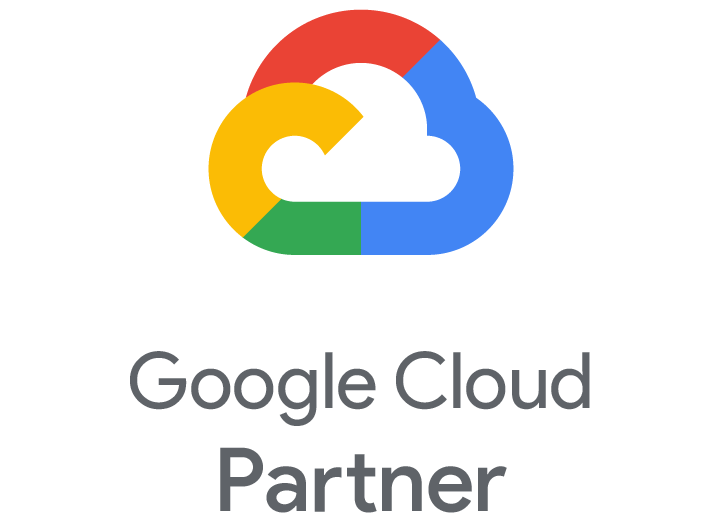Starbucks is synonymous with coffee and a lot of other elements that are reflected in their values, employee policies, and social programs. How do we know about these things that are exemplary while being difficult to communicate? What did Starbucks do to get this kind of positive emotion out? Let’s explore..
Just like actions speak louder than words, stories interest people more than just plain pure facts. I mean, who cannot talk about their product? It’s features, benefits, the competition, why they are better…etc etc..?
Almost everyone can “Slice & Dice” the data and present it in a positive light. Then, what is true differentiation?

Think about how a sentiment can draw people in and actually listen. Starbucks did just that, they created a series of stories, effectively naming the series: “Upstanders”. Upstanders related to ordinary people because it was about “ordinary people doing extraordinary things that resulted in positive change”.
These stories had interesting elements from the very beginning that drew you in, introduced you to a hero you got to know that had a challenge …and…a lot of emotion. The authenticity just shone through, without mentioning Starbucks.
The campaign had less than a dozen stories that were communicated in print & included short videos and were also delivered via podcast. The result – over 80 million views.
A key aspect to consider is that each of these stories reflect and support Starbuck’s overall message. The brand synergy that got developed for both customers and employees could never have been obtained if any of the materials mentioned “Starbucks”.
Here is one story of Steve Stone, the minister of a Methodist church in Memphis who learned that a mosque and community center was to be across the street from their church. A welcome sign was put up the next day. What did this do? Increase the synergies of the 2 competing organizations over time. The synergies lead to stronger collaboration and the two organizations actually shared facilities, events etc. The result? Less than 3% of Stone’s congregation left, and the rest felt stronger in their beliefs knowing that everything is out in the open.
A key point to consider is the story communication program. The program included the Starbucks mobile app, the in-store Wi-Fi experience, a mention on tens of millions of cup sleeves, the millions of fans on Starbucks major social outlets, paid digital advertising, and the use of partners that could relate to one or more stories.
So, What’s the lesson? Research the topics that your audience can relate to with passion. Become a partner in their day to day life and embed real stories to communicate with your audience and allow free commenting.
Just continually speaking about your brand identity to prove your involvement makes you just another advertisement that gets glossed over. You actually gain more by staying out of it. Your audience is your biggest asset, let them make the connection and have it understood of who Starbucks really is and why they are the way they are.
Learn more about how brand strategies can echo your customer passions.


